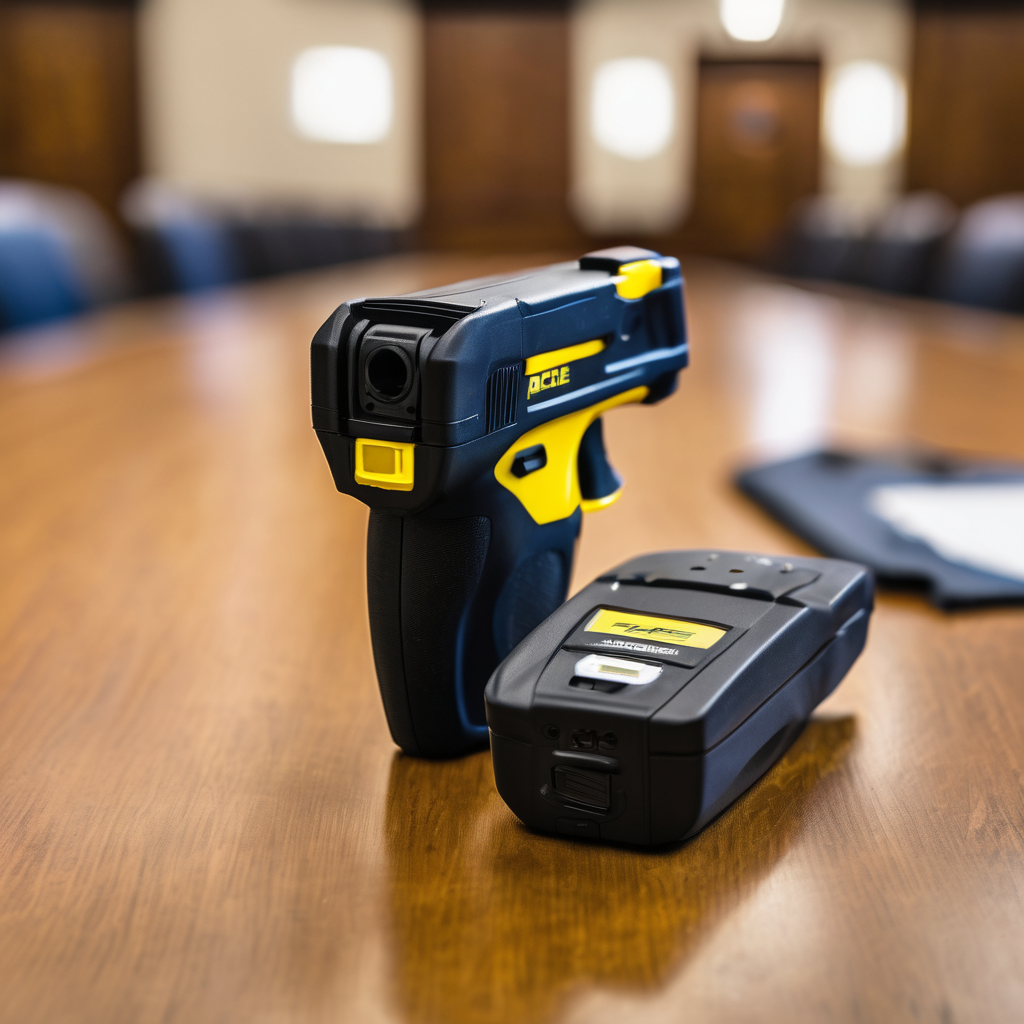The trial of former Illinois sheriff’s deputy Sean Grayson commenced this week as he faces charges related to the shooting death of 36-year-old Sonya Massey in July 2024. On the stand Monday, Grayson testified that he opted not to deploy his stun gun during the encounter, expressing concerns about its potential malfunction due to Massey’s clothing.
“I didn’t want to take the chance of the Taser malfunctioning,” Grayson recounted in court. The incident unfolded on July 6, when Grayson and fellow deputy Dawson Farley responded to Massey’s home after she reported a possible prowler. Tragically, the situation escalated, resulting in Massey’s death as she stood in her kitchen holding a pot of boiling water.
Grayson, who is white, described his perception of threat when Massey asserted, “I rebuke you in the name of Jesus,” while approaching him with the pot. He said he interpreted this gesture as a direct threat and believed she was preparing to throw the hot water at him. The prosecution argued that the body camera footage shows no real threat to Grayson, a claim the defense aims to challenge.
The trial has included testimony from 15 witnesses, highlighting conflicting opinions regarding the appropriateness of Grayson’s actions. Grayson maintained that his approach to Massey was not reckless as he sought to ensure she wasn’t armed with additional weapons and intended to detain her for aggravated assault against a police officer.
The defense wrapped up its case on Monday while the prosecution had previously presented expert witnesses asserting that Grayson’s response was not warranted and exacerbated the incident. In contrast, the defense’s experts argued that his use of force could serve as a necessary de-escalation tactic.
This trial sheds light on the complex dynamics of police encounters, especially in high-stress situations. The outcome remains uncertain, but the case has inevitably sparked conversations around law enforcement protocols and the use of force. As jury deliberations approach, many are hopeful for a fair resolution that may pave the way for important discussions on policing practices and community safety.
